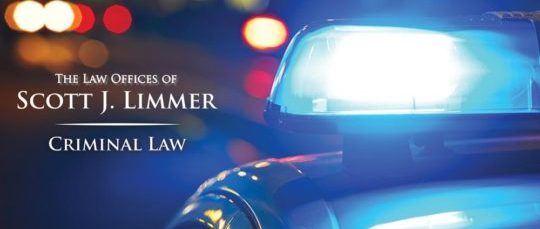A little over three years ago, a large-scale raid by hundreds of New York City police and numerous members of federal law enforcement agencies swept through a North Bronx neighborhood’s homes and a housing project in the early morning hours of April 26.
Backed by armored vehicles and helicopters, SWAT teams and over 700 New York City police officers arrested 120 persons, almost all of them young Hispanics or African-Americans, residing in or near the Eastchester Gardens public housing project. Law enforcement leaders portrayed the massive raids as intended to put out of business two rival street gangs, known as “2Fly” and the “Big Money Bosses.”
William Bratton, the then-commissioner of the New York Police Department, proclaimed that those arrested sold drugs near homes and schools and committed at least eight murders. In the indictments that followed, prosecutors referred to the law enforcement sweep as the biggest “gang takedown” in the city’s history.
Except that it wasn’t, if you go by what the prosecutors managed to achieve. Charges filed against the 120 persons arrested, soon to become known as the “Bronx 120,” included various combinations of federal conspiracy charges (racketeering and drug distribution), narcotics offenses (distribution and selling near schools), and firearms offenses.
But, according to an in-depth study by a CUNY School of Law professor, prosecutors in their sentencing requests described fewer than half of the 120 as gang members, and in fact noted 34 of those charged with crimes were not members of a gang. More than a dozen persons were accused of being associated with gangs because they were allegedly doing things like peddling marijuana in areas which gangs dominate.
Nor did the prosecutions of the Bronx 120 meet with a great deal of success. While only two defendants opted to go to trial on their charges, 115 entered plea bargains, pleading guilty to much less serious offenses than those they were originally facing. Of the 91 defendants against whom firearms charges were filed, prosecutors won only 22 convictions. Of the 96 defendants originally indicted for distributing narcotics within 1,000 feet of a school or playground, only one was convicted.
Prosecutors did better on the two wide-ranging conspiracy cases they brought against each “gang”: 34 out of 110 defendants were convicted on being part of a narcotics distribution conspiracy, and 69 of 87 were found guilty of offenses under the Racketeering-Influenced and Corrupt Organizations (RICO) Act. Designed to fight sophisticated, Mafia-style organized crime networks, RICO let prosecutors use previous state criminal convictions as the basis for new federal charges, for the same offenses (for which some of the Bronx 120 were already serving time in state prisons).
And although prosecutors’ public pronouncements prominently mentioned murders and other violent crimes over a nine-year period, none of the Bronx 120 defendants faced murder charges. Two-thirds of them were not convicted of any violent crime. The CUNY law professor’s study claims prosecutors focused public attention on the area’s violent history not in order to make a case for convicting the defendants of those crimes, but instead to help oppose their release on bail, which was denied to 101 defendants.
This report is released ahead of the third anniversary of the Bronx 120 takedown, the largest of mass gang prosecutions, and looked into by the US Attorney’s Office for the Southern District of New York.
